
The Lodge seen from across the Snake River
Caroline Davies doesn’t care for beaches or spas when she’s on summer holiday. Perhaps foolishly, she mentioned to LUX’s editorial team that she had a taste for adventure. Not long after, she found herself on a plane, headed for America’s wildest bear country. And she survived to tell the tale
“Got bear spray?”, the park warden asks.
My guide nods and gestures with his chin to me. I helpfully hold up a hairspray size can labelled “50 times stronger than mace”. It has a vivid warning photo of a man gushing blood from a bear sized bite in his forehead.
“Well alright then.” The park warden opens the gate and our 4×4 rumbles down the open track and into the woods.
Welcome to Idaho, America’s real life adventure playground. Unlike the well-visited Yosemite to the south west and Yellowstone to the north east, the wilds of Idaho are the well kept secret of those who like their nature without burger bars.
Reaching Idaho Falls, population 60,000, was no mean feat. A few hops across America on United Airline planes of ever decreasing sizes I buzzed over flat fields, deeper and deeper into the American heartland. Touching down, I had been met by Ian, the general manager of South Fork Lodge. Broad and affable with a sarcastic sense of humour, he is in town to pick up me, some groceries and to stop by the Sportsman Warehouse, a cavernous huntsman’s store on the outskirts. Under the gaze of your future targets – glass eyed moose heads and stuffed eagles hang from the soaring rafters – you can browse the racks of rifles and rails of hunting outfits.
“Camouflage isn’t a method of disguise here,” says Ian, catching me quizzically browsing a selection of camouflage bikinis. “It’s a fashion statement.”
We drive through the valleys of low growing potato bushes and dry farming plots of hay. The summer bush fires from neighbouring states have brought a haze to the city and valleys, blotting out the hills in a dense blue until you are almost upon them. After an hour, we begin to descend through the river worn valleys to the lodge. Curled around a lazy bend in the Snake River in Swan Valley, South Fork Lodge is located on 65 miles of dry fly fishing river, making it one of the fishing destinations of the North West.
Tucked away from the main road, past their fly fishing shop, the lodge’s cabins scatter their way across the gentle slope down to the river. Designed to fit with local architecture, the warmth of the honey coloured wood, grey stone chimneys and slate roofs blend with the burnish tones of the forests, the bubbling pebble colour of the river. The main lodge holds the suites, all with their own grey stone fireplace and private terrace looking out to the river. For a little more privacy or larger groups there is an eight person cabin complete with pool table and your own deck on the river. For families or smaller groups the vast double bedrooms with connecting doors give you more than enough space and come with a balcony or veranda. I dump my bags, hit the hot tub and curl up on the rocking chair outside with the wine and jerky from the welcome basket.

A double suite at South Fork Lodge
Inside, the lodge is decked with original art works by local artists, hung next to panoramic windows that look out on the landscapes and wildlife that inspired them. The relaxed restaurant, which spills out from the polished wood octagonal dining room on to the flagstone terrace, has recently had a shake up. The newly appointed chef was chosen for his menu of local flavours and produce, created with a twist. Rainbow trout sushi is popular, as is their lamb, and the hen of the woods, served with a reduced cherry dressing to add sweetness and balance to the slight bitterness of the mushrooms, is a flavoursome update on the traditional dish.
Over dinner, watching the few remaining boats sidle past, I meet a few of the lodge’s guide and the sous-chef. He is only a few rounds away from a place in the smoking finals in Memphis, I am told. I look blank, mind whirling with images of grizzled men manically smoking multiple Marlboros simultaneously in a Memphis shed, their eyes on a cigaretteshaped trophy.
“Meat smoking is big business around here,” explains Ian. “Ribs, chicken, all sorts of meat. Our guy came 3rd out of 2000 in the last competition.”

Steamy morning views
The lodge holds rib evenings throughout the summer, but the next big event is in a few days time at a local music festival. Despite competition from across the valley, they always sell out. The morning arrives misty and fresh, condensation spotting my boots as I brush past the long grass on my way up to breakfast. Ovals of folded grass, like amateur crop circles, spot the fields; the only remaining sign of the deer that bedded down here the night before. After a large plate of sticky soft French toast with maple syrup I set off. We drive the short distance to Wyoming, past rock strewn drops, dense pines and a winding roadside queue for ‘the world famous square ice cream’ parlour. Stopping in a gravel lay-by we perch above the river to watch the rapids. The river courses through the bolder littered banks, hurling inflatable rafts up and over. Children shriek with excitement, bumping downstream. In summer the water is comparatively low, but the river swells in spring and has taken the lives of a few daring rafters with it. We turn back, pausing to watch the dam that feeds into the Snake River. Built in the 60s, the dam is partly responsible for the rich fishing in South Fork, pushing cooler, oxygenated water from the bottom of the river through and encouraging the creatures that feed the fish to multiply.
By the time we return to Idaho, the dew has dried. I am dropped at the bottom of a steep crag, the edge of a range of hills. Being British, they seem more like small mountains, rough and shrub strewn, thin grey wires bend up and across the peaks.
“T-bar or harness?” Ian asks. I hesitate. I’ve not zip wired before and my palms are already a little clammy. He laughs. I think he’s joking. Helmeted and trussed up in a harness, I clamber into an open air all terrain vehicle next to the driver, an octogenarian with a deep tan and a hearing aid. He beams at me, then starts the near vertical ascent.
“You’re up.” I step up to the small wooden platform, the last point before the slope disappears, becoming a flat rock face. I’m clipped in and edge forward, trying to absorb all of the instructions. “Don’t worry if you start going backwards, particularly when you reach the end, that’s normal. If you go upside down, keep your knees tight and give us a big wave. Ready?” I nod, walk off the edge and drop.
Eight wires later, and jumping off a cliff feels quite normal. I even go upside down while backwards willingly. Blood still pumping a little, but feet now back on the ground, I follow my nose firstly for a dip in the sulphur hot springs next door and then the pizza parlour for a Hawaiian and a jug of ice cold beer watching the sun creep down.

Heading out for a trout of two
I wake early to hit the river. Not early enough. The hard core crews have been and gone, setting off at six to catch the first fish of the day and watch the valley waking. Leave as the sun rises and you should catch deer, moose, perhaps even the odd bear, strolling to the water’s edge for a morning drink. Foolishly travelling without a hat, I drop by the lodge’s shop to pick up a floppy khaki number complete with draw string chin strap and a friendly-looking embroidered fish. Feeling the part, I saunter to the car park to meet my fishing guide, Dave.
Dave is a man of few and select words. He has the deep tan of a fly fisher that has spent every summer on the river, black reefer shorts bleached grey by the sun. As I approach he pushes his cap over his salt and pepper hair and I notice that the backs of his hands and knuckles are speckled with small cuts and scrapes, presumably from manly outdoor activities.
“Can you see ok in those sunglasses?” he asks.
My Jackie O style glasses have always served me well before, but as we push off down the river I realise quite how little I see. We bob under a bridge and I squint to spy the nymphs Dave points out stuck on the pillar, brushed by the waterline. Dave gamely hands me his, in a case labelled “welcome to the city”. They are rose tinted. “Not only clever, but they make the world look cheerier.” He says.
We drift downstream, resting up against gravel banks, wedging the boat among the rapids and fishing out. Focusing hard on casting and not catching Dave on my hook – a possible explanation for the cuts – you can almost forget to look up at the soaring canyon around you. Sandy coloured grass and 3ft tall bracken sweeps down the lower reaches of the reddish tinged rock formations, camouflaging the wildlife sheltering from the midday sun. Although you need keen eyes to spot a deer, birdlife is easier to notice, either tucked among the reeds or circling against the azure sky. The water bubbles past, so clean you can see the pebbles on the river bed.
“Gin clear.” says Dave, seeing me watch a failed catch as it slips away down river.
We fish until the sun begins to set, turning the river from blue to copper. As we pull in to the bank and our camp for the evening, a fire is crackling, the beers are chilling and the red wine is breathing in the last of the day’s heat. Ian and his fiancée Haley are at the stove, cooking steaks that fill an entire pan. After a competitive game of horse shoes, someone suggests clay pigeon shooting. Ian mocks me up a makeshift set of headphones – folded tissue paper tucked into a bandana – and gives me a quick tutorial. With no machine to fire the clays, Ian throws them out like a Frisbee. As night falls, we tuck ourselves into the sturdy wooden picnic table to eat platefuls of tender meat and buttery vegetables by torch and candle light. By dessert, a sizzling hot berry crumble, we are all sitting around the glowing embers of the fire, draining the last of the bottles of wine. After a heated discussion with Dave about which really was the greatest Rolling Stones record, I pad into the tall white tent and clamber into my cot.
We wake to a hearty breakfast and a cold dip in the river for the brave. The camp packed up, we jump into the waiting boat and skim back upstream to meet our transport back to the lodge; three glossy steeds, two red and one white. We amble our way gently on a path that takes us through the undergrowth, the trees and finally out of the canyon into field upon field of chest high corn.

Lodge dining with views of the river and beyond
Back in the ranch there is a buzz. It is the last night of the music festival and it seems everyone is going. The “Young Dubliners” are headlining, an Irish folk band. The park in Victor town centre is rammed, barely an inch of grass between picnic rugs strewn with plates full of ribs, burgers and noodles as people balance bendy plastic pint glasses on the grassy mounds. South Fork’s stand queue winds around the stall; they are nearly out. We grab some of the last rack of ribs and manoeuvre our way to the front. The band starts up, authentic Irish accents, violins and guitars and the audience stands to its feet, jumping around in fake jigs, beer splashing the ground.
My final day at South Fork and I go east to Jackson Hole, Wyoming with my trekking guide, Bob. We stop just outside the centre for a big breakfast at Nora’s and necessities for our walk. I loiter outside the store, admiring the number of different states on the number plates. Jackson Hole is a well known spot for nature tourists and adventure holidays are big business, especially when the adventure feels real. We buckle up in the 4×4 and Bob hands me a bag with the bear spray.
“Just in case, always best.” He says as I scrutinise the directions for use. We head towards the mountains.

Summer may be short but it’s extremely lush
A boutique ski resort in Winter and outdoor activities centre in summer, Jackson Hole is one of the wealthiest regions of America. “The billionaires are buying out the millionaires.” Bob says as we drive past the airport, sleek private jets lining the runway.
The slopes, now devoid of snow, still run a cable car throughout the summer, offering one of the best ways to see the Tetons. We clamber onboard, joined by a group of five T-shirted men in their twenties wearing three-foot backpacks; paragliders. “We have seats left if you want them.” one says to the rest of the car. I smile, but Bob turns to see if anyone is taking them up on the offer. They are serious.
We follow them up to the peak and watch as they piece together their equipment on the slope. Those with passengers strap them in tightly and point their instructions; run down the mountainside and don’t stop until told or the mountain ends. The first one catches a gust, untangles his parachute and runs, full pelt, off the edge. For a moment he is still, feet just off the ground, parachute hovering above him, then the force of the wind takes him up and off, smoothly gliding. Mesmerised, we watch them each as they follow one another, circling like a bird of prey before curving out of sight behind the mountain. When we reach the bottom, I follow them to their landing spot, watching them bump down.
One of Wyoming’s largest national parks, Grand Teton National Park spans around 31,000 acres, including peaks of Teton range, lakes and forges. Driving past the entrance, we zigzag our way through the trees, as I keep an unnecessarily close watch for wildlife. We are pulled over by an officious looking ranger, tight lipped and severe.
“You sure you guys want to head down this way?” he asks. “There are a lot of grizzlies around and they’re hungry and grouchy. Where you walking?”
“Death Canyon.” Says Bob unflinchingly
Our ranger sucks his teeth. “You sure you wouldn’t rather go to Jenny Lake?” Jenny Lake does sound preferable, but after jumping off cliffs, learning the difference between a Rainbow and a cutthroat trout and wearing a floppy khaki hat without shame, I’m fairly committed to following South Fork’s expertise. We soldier on.
Thinking it’s best to be prepared, I ask Bob for some bear advice. “Well they used to say make yourself small, then they said make yourself big. Neither of those work particularly well though,” he says. “Probably the best advice is to run.”We park at the bottom of the trail. “Bears don’t like to be surprised so if you make a lot of noise that can scare them off.”
I talk non-stop up the mountain, jumping once at a chipmunk. Thin reddish trees flank the path, row after row, disappearing to fine lines in the distance. We pass a thick tree next to the path, freshly shredded by bears in search of food; they were here a few hours before us. The path ahead clears to one gnarled tree, its roots bursting out through the dusty ground, its branches framing the spectacular view; a deep blue lake, pine green forests, jagged mountain sides and tiny bays. Slightly out of breath from my constant conversation, I stand at the edge in silence, leaning against the tree, drinking it in.
Our final stop is Jackson Hole town centre, an idyllic scene with a wooden sidewalk lined with art galleries and boutiques. The highly manicured, lacquered stores gleam with wares of country living; furs, fishing, a bronze of an eagle. It is well equipped. As we ride out of town, we pass a row of tents with a handmade sign reading “Art Fair.”
“Now art,” says Bob, sighing. “That’s the thing that will wear you out.”
Caroline Davies travelled as a guest of Natural Retreats who provide luxury holidays in secluded locations of natural beauty in Europe and the USA. They have recently introduced Natural Retreats properties to buy Naturalretreats.com, South Fork Lodge









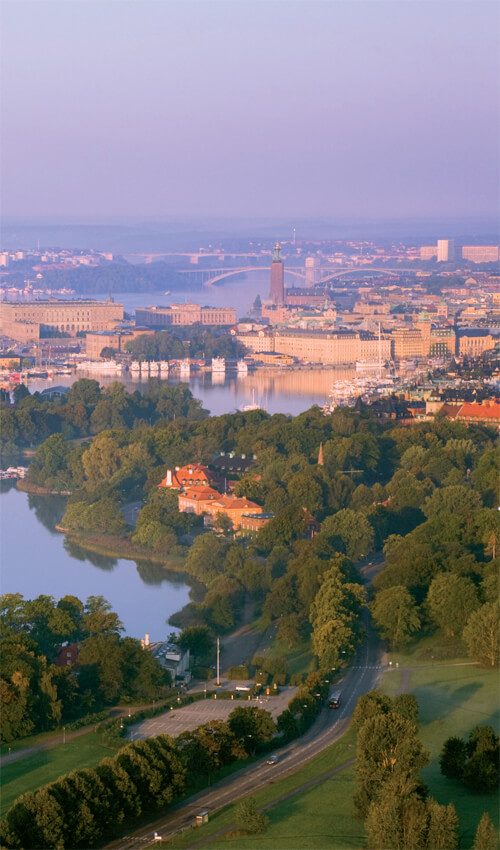












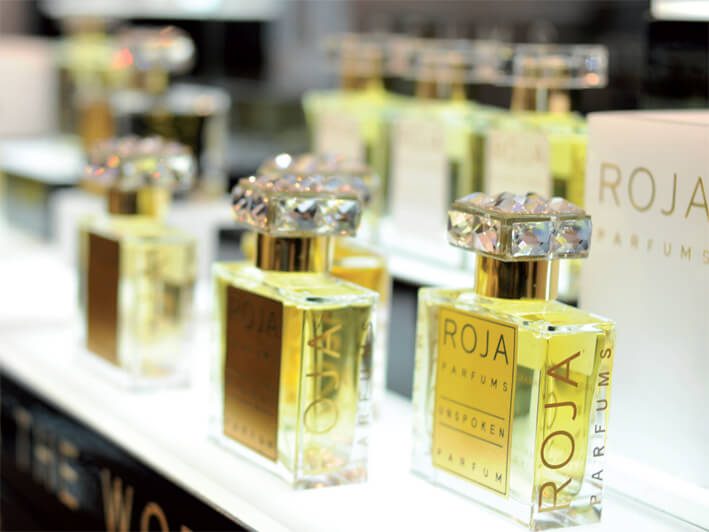

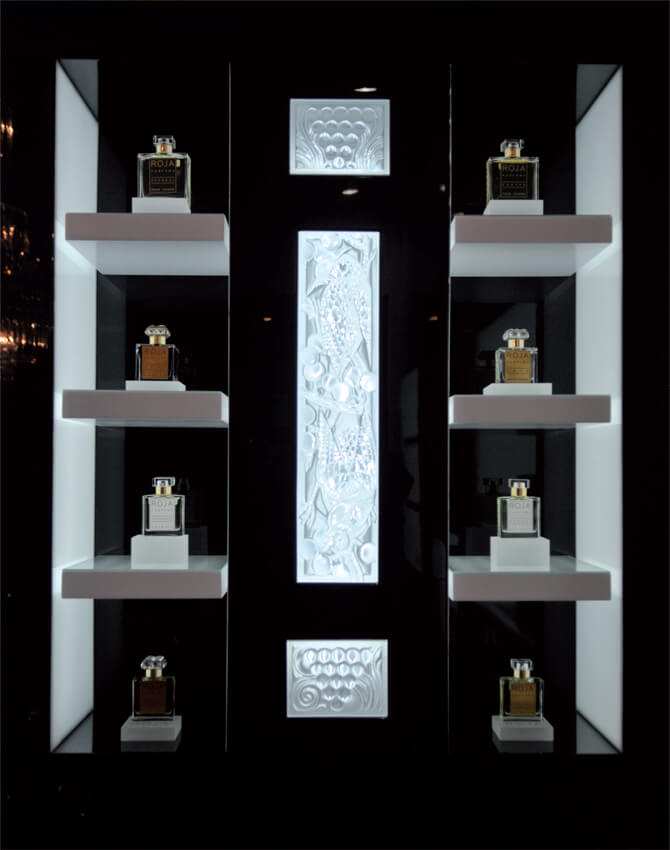



























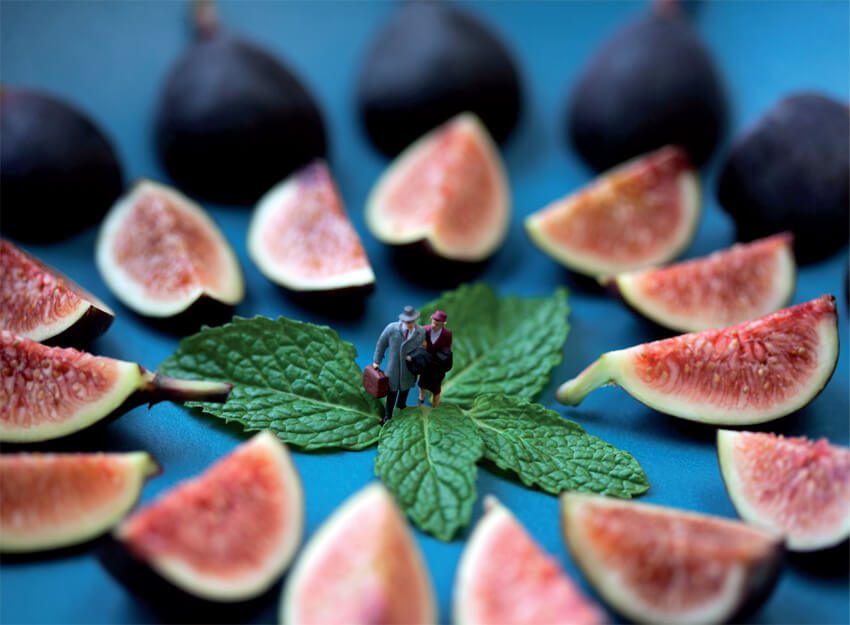












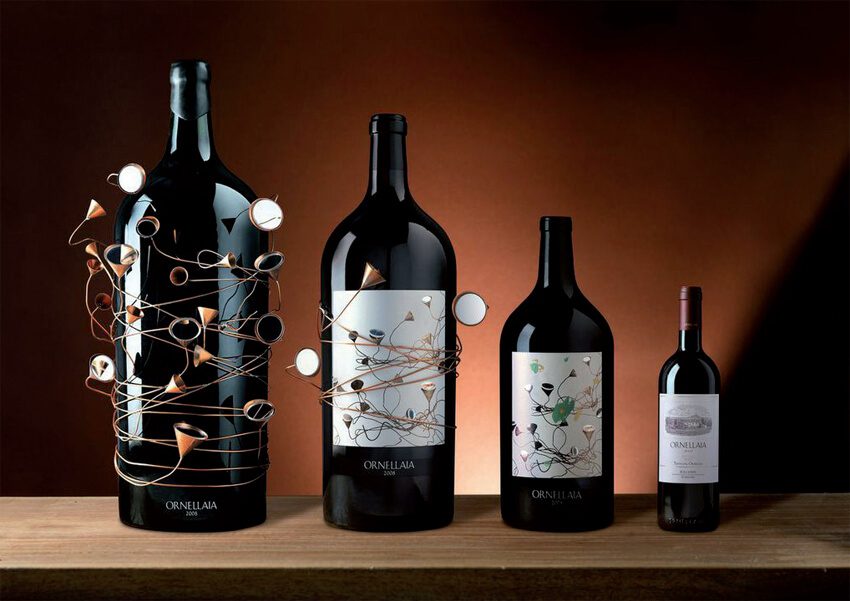


























Recent Comments